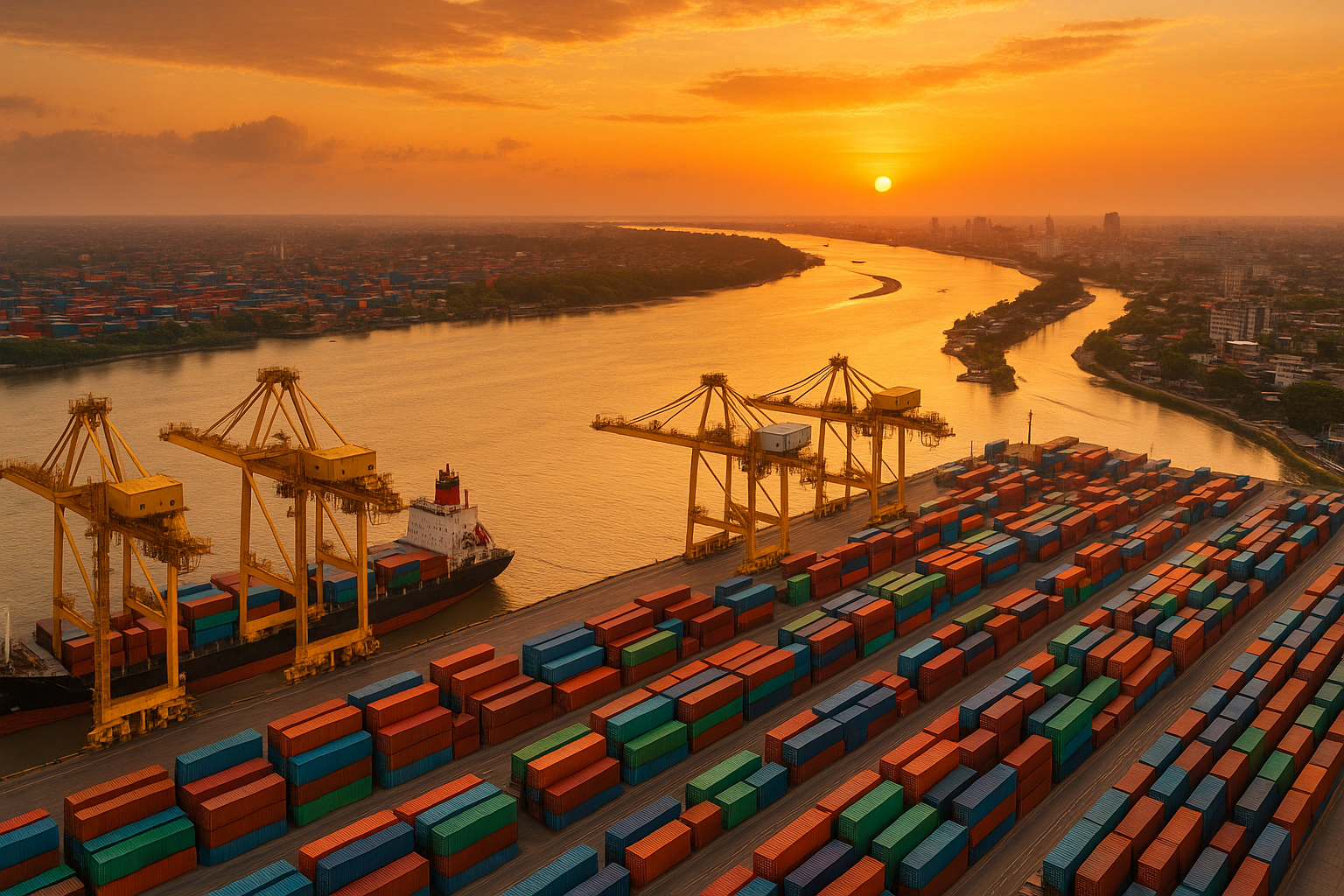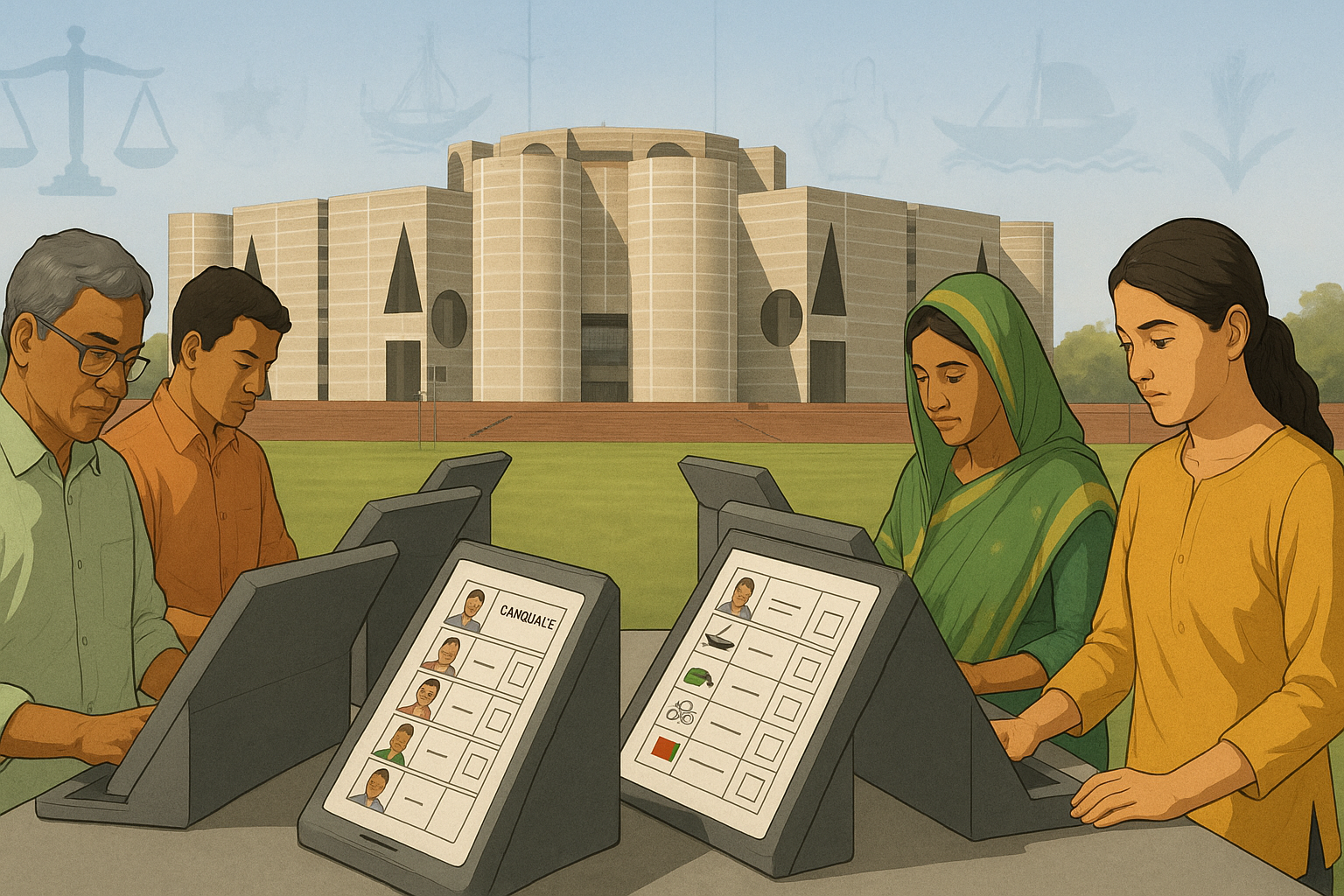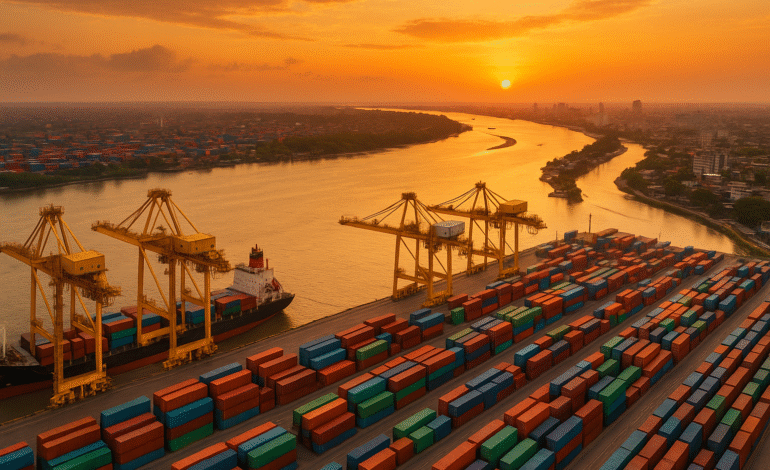The Vital Role of the Chittagong Sea Port
The Chittagong Sea Port stands as one of Bangladesh’s most significant economic assets. Located at the mouth of the Karnaphuli River on the Bay of Bengal, this port commands a central role in the nation’s import-export operations. In fact, according to port authority data, the port handles more than 90 percent of Bangladesh’s international trade and nearly all containerised cargo. (ficci.org.bd)
Given its volume and impact, discussing the Chittagong Sea Port means talking about Bangladesh’s economy, trade capacity, infrastructure challenges, and future growth prospects. In this post, I will explore the history of the port, its current performance and significance, its economic impact, the challenges it faces, and where it is headed next.
Origins and Historical Significance of the Chittagong Sea Port
The port’s history stretches back centuries. Traders from the region used this natural harbour as early as the 4th century BCE. (Wikipedia)
In the colonial era, the modern institution of the Chittagong Sea Port was formalised in 1887 under British rule. (Sea King Marine)
After Bangladesh’s independence in 1971, the port was rebranded and expanded, becoming known as the “Gateway of Bangladesh.” (Erasmus University Thesis Repository)
Thus, the Chittagong Sea Port is not only a modern logistical facility but a historic node whose significance built over centuries.
Volume and Trade: How the Chittagong Sea Port Moves Bangladesh
The trade volumes handled by the port underline its critical importance. In fiscal year 2019-20, the port processed 101.56 million tons of cargo and 3.004 million TEUs (twenty foot equivalent units) of containers. (CPA Portal)
More recently, the port reported handling 3.276 million TEUs and 123 million tons of cargo in 2024, representing a 7.4 percent increase in container volume over 2023. (Maritime Gateway)
Statistics show that the Chittagong Sea Port handles around 92-98 percent of Bangladesh’s seaborne trade. (The Financial Express)
The numbers make clear the port’s dominant role: nearly all of Bangladesh’s exports and imports flow through this single hub.
Economic Impact: Why the Chittagong Sea Port Matters to Bangladesh
Because so much trade passes through the port, its functioning affects Bangladesh’s economy, jobs, industrial growth and international standing.
For one: Chittagong city and region contribute roughly 10-12 percent of the national GDP. (Wikipedia)
The port supports industries such as garments, shipbuilding, textiles, logistics, and heavy manufacturing. Without reliable port operations the entire export ecosystem suffers.
The port also serves the transit trade of neighbouring countries like Nepal, Bhutan and India’s northeast region, generating additional revenue and reinforcing Bangladesh’s regional role. (Business Inspection BD)
Therefore, the Chittagong Sea Port is not just a local asset—it underpins national growth and regional connectivity.
Strategic Significance: Location and Regional Role of the Chittagong Sea Port
Strategically, the Chittagong Sea Port’s location gives Bangladesh a maritime gateway on the Bay of Bengal. This helps Bangladesh access deep sea trade routes, bulk commodity flows, container shipping lanes and regional logistics networks.
Beyond trade, the port has defence and maritime security implications. It houses naval and coast guard infrastructure and supports Bangladesh’s maritime strategy. (Wikipedia)
In a world of global supply chains, access to a major seaport determines competitiveness. The Chittagong Sea Port gives Bangladesh that edge.
Infrastructure & Operations: How Efficient is the Chittagong Sea Port?
While the volumes are impressive, the port faces infrastructure and operational bottlenecks. According to UNCTAD port-performance data, the vessel turnaround time at the port is 3-4 days, whereas benchmark ports such as Singapore achieve 12-24 hours. Cargo clearance in Bangladesh at the port takes 7-10 days, compared to 2-3 days at world-class ports. (The Financial Express)
These inefficiencies increase logistics costs, delay export shipments, and reduce competitiveness for Bangladeshi exporters.
Despite that, recent improvements and capacity expansions show promise.
Recent Developments: Growth and Expansion at the Chittagong Sea Port
In 2024 the port set a new record for container handling: 3.276 million TEUs and 123 million tonnes of cargo. (Maritime Gateway)
Among other initiatives, the port is preparing new terminals, deeper channels and enhanced services. For example, Bangladesh and the World Bank signed a deal in April 2025 for USD 650 million to expand and modernise the port’s marine infrastructure. (Reuters)
These efforts aim at reducing turnaround times, accommodating larger vessels and boosting the port’s capacity to serve Bangladesh and the region.
Challenges Ahead for the Chittagong Sea Port
Despite its success, the port still faces key obstacles:
- Capacity constraints: With trade rising, existing terminals may become congested without further expansion.
- Logistics delays: Long customs clearance and slow handling hamper export competitiveness.
- Draft limitations: Some deep-sea vessels cannot call because of depth restrictions.
- Congestion & turnaround time: Queueing, inefficiencies and limited berth space reduce throughput.
- Environmental & resilience concerns: Being on the coast, the port is vulnerable to climate-change impacts such as sea-level rise and extreme weather.
Addressing these challenges is essential to ensure the Chittagong Sea Port maintains its role.
Comparative Context: How the Chittagong Sea Port Compares Regionally
When compared to ports in Singapore, Colombo or Dubai, the Chittagong Sea Port lags in operational efficiency and infrastructure. For example, Singapore offers turnaround times of 12-24 hours; in Chittagong the same takes 3-4 days. (The Financial Express)
However, Chittagong scores highly in volume for Bangladesh’s context—handling over 90 percent of its seaborne trade. This dominance is unique globally.
In regional terms, increasing capacity and improving logistics will enable the Port of Chittagong to compete more effectively.
Impact on Export Economy: Why Port Performance Affects Bangladesh’s RMG Sector
Bangladesh’s ready-made garments (RMG) exports depend heavily on timely container shipping. Any delay at the port directly impacts production schedules, delivery deadlines and buyer confidence.
Hence, improvements in the Chittagong Sea Port translate into real gains for Bangladesh’s largest export sector. Conversely, inefficiencies raise costs and reduce competitiveness in global markets.
Future Outlook: Where the Chittagong Sea Port is Headed
Looking ahead, a few key trends will shape the port’s future:
- New deep-sea terminals & breakwater: Big infrastructure projects will allow larger ships and higher volumes.
- Digitalisation: Automation of customs, cargo handling and documentation will boost efficiency.
- Climate resilience: Investments such as the 2025 infrastructure deal will build resilient access channels.
- Regional integration: Serving Bhutan, Nepal and Indian northeast will enhance revenue potential.
If effectively implemented, these trends will keep the port central to Bangladesh’s growth story.
The Heart of Bangladesh’s Trade Engine
The Chittagong Sea Port is not merely a physical infrastructure asset. It is the backbone of Bangladesh’s international trade, industrial growth, logistics network and regional outreach. The port’s capacity, efficiency and expansion matter deeply for Bangladesh’s economy and global competitiveness.
Investing in its upgrade, addressing operational bottlenecks and aligning growth strategy will help Bangladesh fully harness the potential of the Chittagong Sea Port. In doing so, the nation can secure its place in the global supply chain and raise its economic trajectory.








